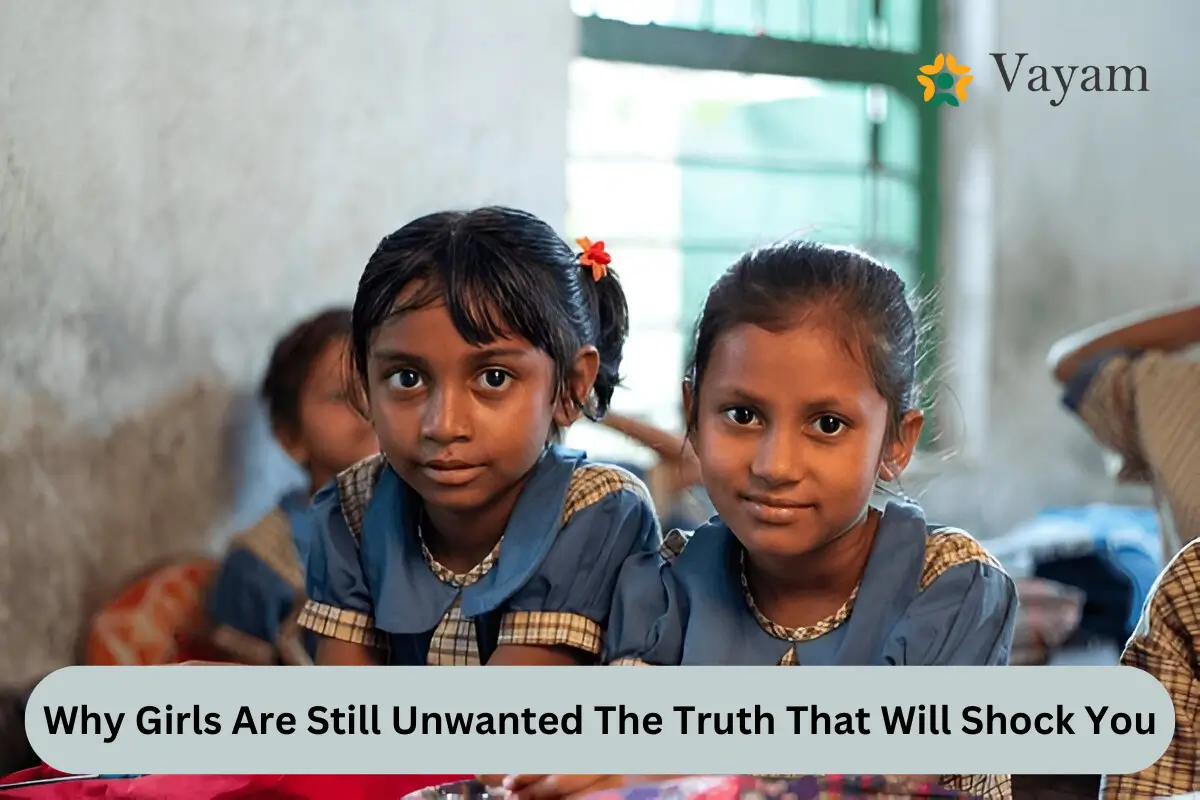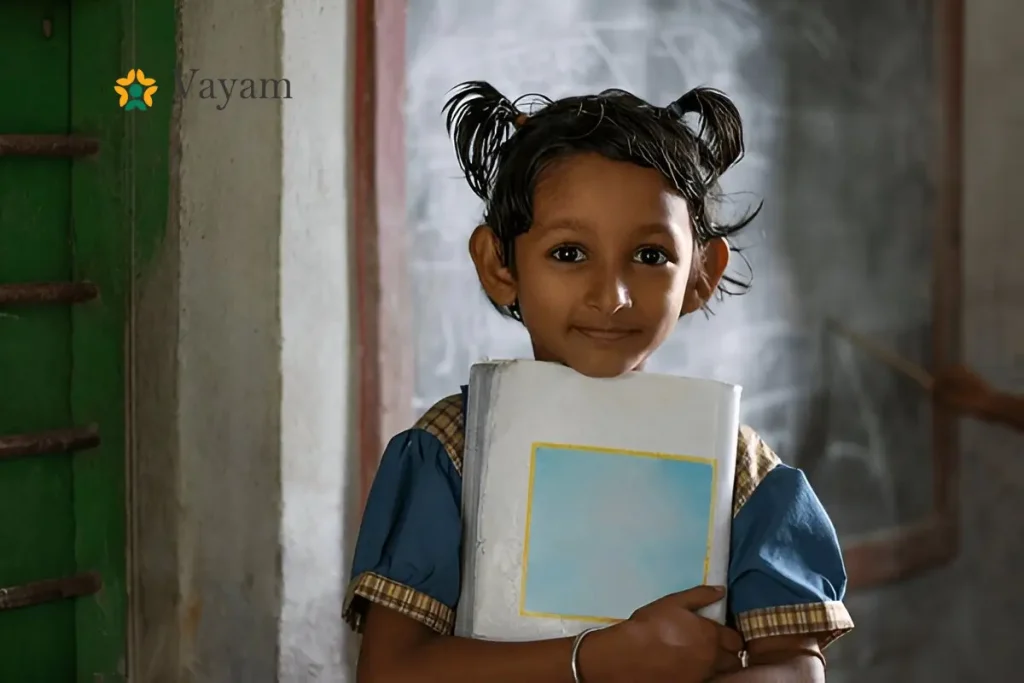
In a world that claims to champion equality and progress, it’s shocking to realize that girls are still unwanted in many parts of the globe. Despite advancements in education, technology, and human rights, gender bias continues to persist, often in subtle and deeply ingrained ways. This blog uncovers the harsh realities behind why girls are still unwanted, the pain points this creates for families and societies, and what we can do to change this narrative.
The Root of the Problem: Why Girls Are Still Unwanted?
1. Cultural and Traditional Beliefs
In many cultures, boys are seen as the primary heirs and caretakers of the family. They are often expected to carry forward the family name, inherit property, and support their parents in old age. Girls, on the other hand, are sometimes viewed as a financial burden due to practices like dowry or the belief that they will eventually leave their birth family to join their husband’s household.
These outdated beliefs have been passed down through generations, creating a mindset where girls are considered less valuable than boys.
2. Economic Factors
In some regions, families face significant financial pressures. The cost of raising a child, combined with societal expectations like dowry, can make parents feel that having a girl is an economic liability. This mindset is especially prevalent in low-income communities where resources are scarce.
3. Lack of Education and Awareness
Education plays a crucial role in changing mindsets. However, in areas where access to education is limited, traditional beliefs about gender roles remain unchallenged. Without awareness of the value girls bring to society, these harmful attitudes persist.
4. Gender-Based Violence and Safety Concerns
In many parts of the world, girls face significant risks, including gender-based violence, trafficking, and discrimination. Parents may fear for their daughters’ safety, leading to a preference for boys.
The Pain Points: How This Bias Affects Families and Society
1. Emotional Toll on Girls
When girls grow up feeling unwanted, it can have a devastating impact on their self-esteem and mental health. They may internalize the belief that they are less valuable, which can affect their confidence, relationships, and future opportunities.
2. Skewed Gender Ratios
In some countries, the preference for boys has led to skewed gender ratios. This imbalance creates social issues, including increased rates of human trafficking, forced marriages, and a lack of brides for men in certain regions.
3. Economic Consequences
When girls are denied education and opportunities, it not only affects them individually but also hinders the economic growth of their communities. Educated girls contribute to the workforce, support their families, and drive positive change in their societies.
4. Perpetuation of Harmful Stereotypes
The preference for boys reinforces harmful gender stereotypes, making it harder to achieve true equality. It sends a message that girls are less capable or important, which can discourage them from pursuing their dreams.
Breaking the Cycle: What Can We Do?
1. Challenge Cultural Norms
Change begins with questioning and challenging outdated beliefs. Families and communities need to recognize the value of girls and celebrate their contributions. This can be done through open conversations, storytelling, and highlighting successful women who have made a difference.
2. Promote Education for All
Education is one of the most powerful tools for change. By ensuring that girls have access to quality education, we can empower them to break free from societal constraints and achieve their full potential. Educated girls are more likely to challenge stereotypes, support their families, and contribute to their communities.
3. Economic Empowerment
Providing financial support and opportunities for girls and women can help shift the perception that they are a burden. Initiatives like microloans, vocational training, and entrepreneurship programs can enable women to become financially independent and valued members of society.
4. Legal Reforms and Enforcement
Governments must enforce laws that protect girls’ rights, such as banning dowry, child marriage, and gender-based discrimination. Strong legal frameworks, combined with awareness campaigns, can help create a safer and more equitable environment for girls.
5. Celebrate Girls’ Achievements
Highlighting the accomplishments of girls and women in various fields can inspire change. When society sees the incredible things girls are capable of, it becomes harder to justify outdated biases.

Read More
Why Girls Deserve a Chance: Support This Life-Changing Mission
Donate Now & Make a Girl’s Dream Come True: Here’s Why It Matters
Real-Life Stories: Girls Who Defied the Odds
1. Malala Yousafzai
Malala, a Pakistani activist for female education, survived a Taliban attack and went on to become the youngest Nobel Prize laureate. Her story is a powerful reminder of the resilience and potential of girls when given the opportunity to thrive.
2. Greta Thunberg
Greta, a Swedish environmental activist, has inspired millions worldwide to take action against climate change. Her determination and leadership show that girls can be powerful agents of change.
3. Local Heroes
In communities around the world, countless girls are breaking barriers every day. Whether it’s excelling in academics, sports, or the arts, these girls are proving that they are just as capable as boys.
How You Can Make a Difference
1. Support Organizations That Empower Girls
There are many organizations working to improve the lives of girls through education, healthcare, and advocacy. Consider donating your time, money, or resources to support their efforts.
2. Be a Role Model
If you’re a parent, teacher, or mentor, you have the power to shape the next generation. Treat boys and girls equally, encourage their dreams, and challenge stereotypes whenever you encounter them.
3. Spread Awareness
Use your voice to raise awareness about the challenges girls face. Share stories, engage in conversations, and advocate for policies that promote gender equality.
4. Celebrate Girls in Your Life
Whether it’s your daughter, sister, or friend, take the time to celebrate the girls in your life. Let them know they are valued, capable, and deserving of every opportunity.
Conclusion:Why Girls Are Still Unwanted?
The truth about why girls are still unwanted is a painful reality, but it’s one we can change. By addressing the root causes of gender bias, supporting girls’ education and empowerment, and challenging harmful stereotypes, we can create a world where every girl is valued and celebrated.
It’s time to move beyond outdated beliefs and embrace the incredible potential of girls. Together, we can build a future where no girl feels unwanted, and every child has the opportunity to thrive.
Let’s start today. Share this blog, start a conversation, and take action to make a difference. The world needs girls, and it’s up to us to ensure they are wanted, valued, and empowered.
